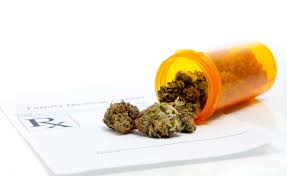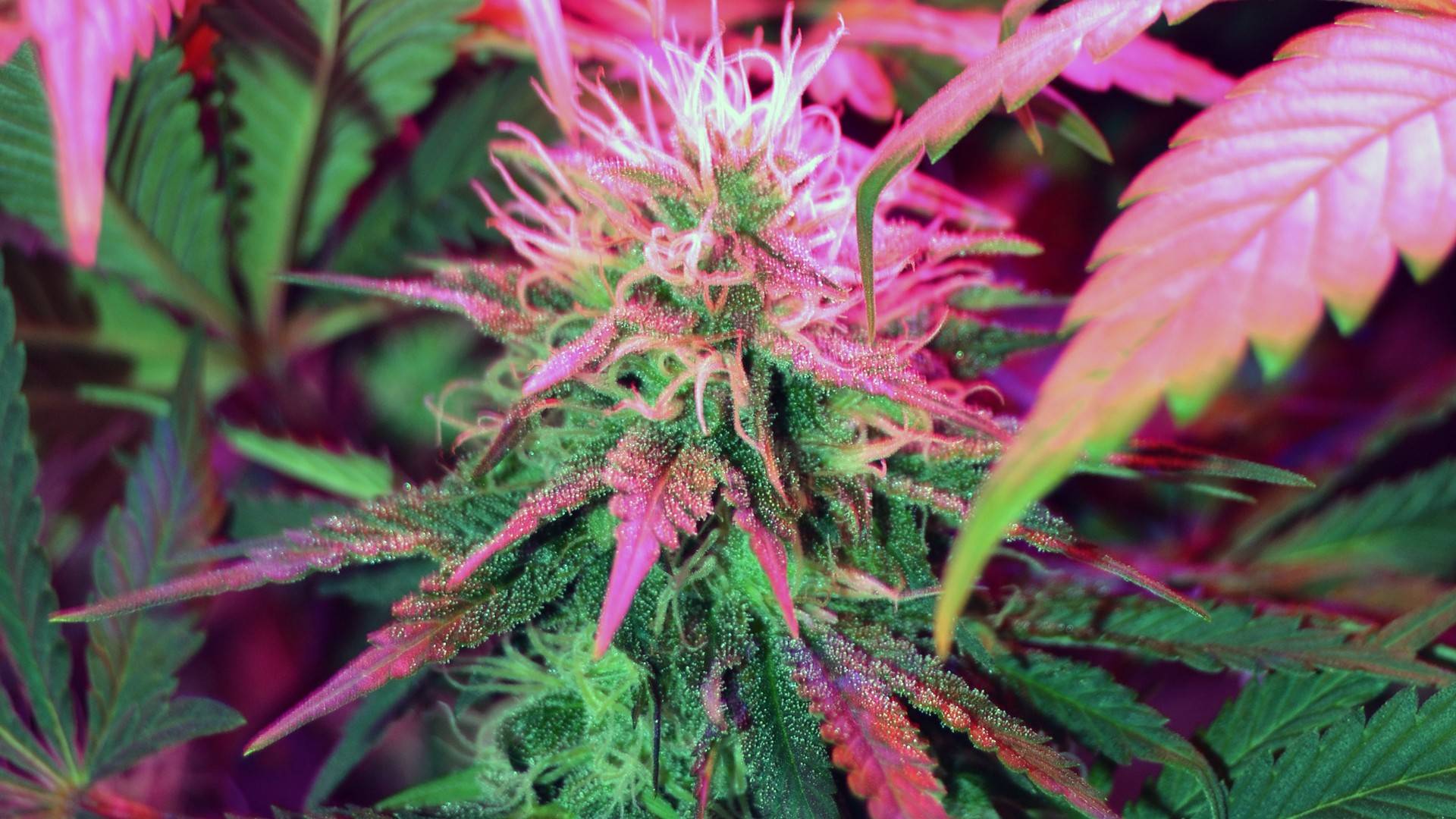
Masses organizations in education strive to ensure that people use marijuana in the right manner and, at the same time, preventing individuals from using marijuana in the wrong manner by offering them information.
Such programs therefore develop their content for various population groups which include students who are aged between thirteen and nineteen years and their parents or guardians, teachers in schools and other adults who are aged sixty five years and above.
The major and most significant message of drug education for the young people is the risk of use over time and at various ages and their impact to the brain function, passing grades and career development.
Some of the schools find ways of engaging local agencies to obtain experts in health area or former drug users as well as other guest speakers for delivering specific information.
Community centers and seminars by healthcare providers offer a platform where adults in the community gets to learn how to use it carefully, its medical use, and legal rules thereof.
These programs help the patients into learning more on the right ways of taking the drugs as well as how to identify signs of dependency.
Self-help groups together with counselling services are in place to assist people who need assistance on how to regulate their intake of cannabis.
Communities that engage in a campaign of raising awareness about the process and reform the laws alongside educative campaigns will excel in legalizing marijuana and protect the health of the public and the people.
Conclusion
It caused some effects to communities because marijuana changes many aspects of sociarian, for instance public health, safety, and economic growth prospects.
Different societies that have embraced the marijuana use for medical and even for recreation are bound to have certain impacts on the society varying from positive to negative impacts.
The process of legalization of marijuana also opens job vacancies linked with economic development
that generates revenue for better public service through the system of taxation.
On the benefits of marijuana in the medical field, the fact is well articulated because marijuana
has proven useful in cases of pain management and anxiety, epilepsy, and other ailments.
An aggregation is achieved when individuals consume marijuana prior to operating automobiles.
Of all the effects occasioned by the consumption of Marijuana, the impact on the coordination and reaction abilities
and all probable decisions make traffic and transport incidences more likely.
In assessing impairment, marijuana impairment differs from alcohol impairment,
and therefore law enforcement officers have a difficult time in the detection of this aspect.
Such states have invested an allowance in the new testing technologies
and educational programs to minimize cases of impaired driving.
The caution messages to the broad public on driving under the influence of marijuana
should portray the dangers that can lead to change of behavior regarding the use of marijuana.
There is thus the need to come up with proper coordination of efforts aimed at creating the right balance to allow communities
to harness this legalizing of marijuana without a fall prey to the vice related to it.
In turn through education a person is able to be informed of both the medical implications
as well as the legal repercussions coupled with a responsible use of marijuana.
The legal policies need to enforce a proper campaign against the sale of Marijuana and the protection of the buyers
and have a proper regulation of the marketing campaigns that target the youths.
There should be clearly accessible courses of action with respect
to the addiction treatment in combination with the substance
use prevention programs for all the people who may need it.
Society can address marijuana legalization complications
since it involves enhancing spreading knowledge about it, laws’ creation,
and laying down networks in communities.
Decision making regarding moderate use of marijuana can be made
to be beneficial by paradoxically considering the gains as a seguridad
social for certain vulnerable populations in the community.
